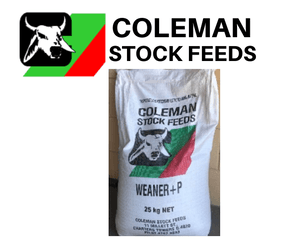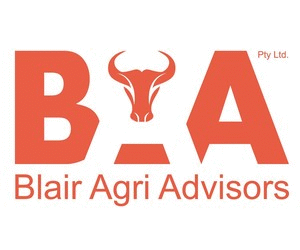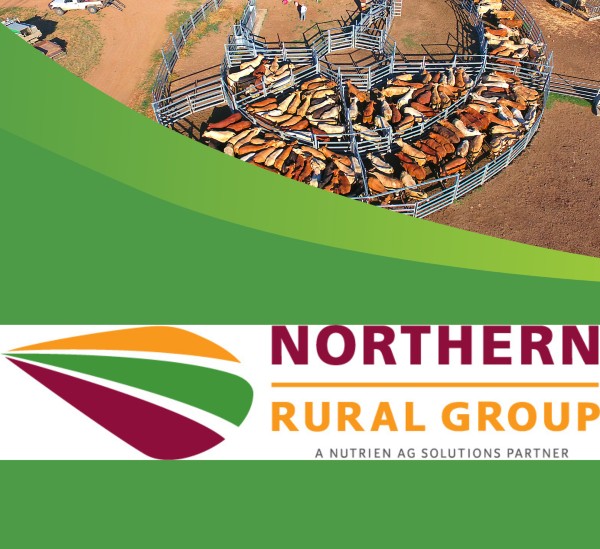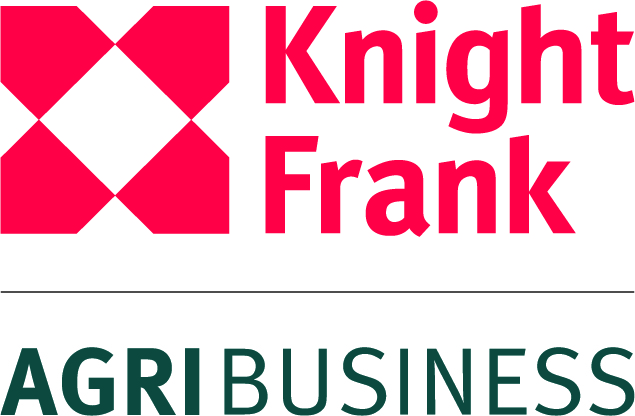Morocco's Rural populations income
The incredible food bowl of Morocco.
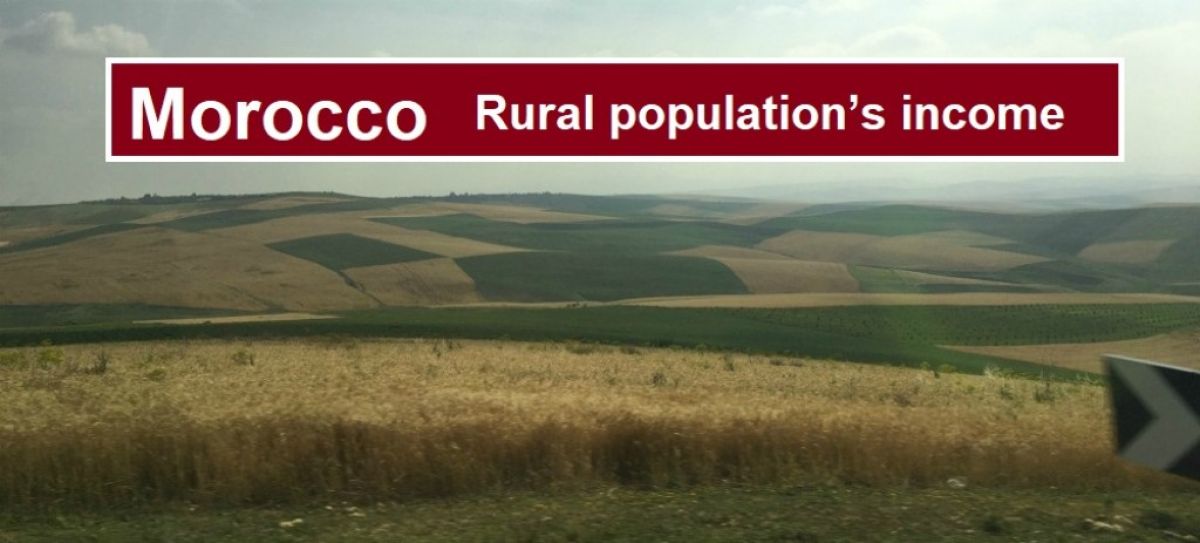
Morocco's Rural populations income
We are now in Morocco North Africa staying at the Marriot for a couple of days in a town called Fes which is the oldest of Morocco's four imperial cities, Fes was founded on the banks of the Wadi Fés by Idris I (east bank, about 789) and Idris II (west bank, about 809). The two parts were united by the Almoravids in the 11th century to become a major Islamic city.
I’m beginning to feel a little churched out, but it has been very interesting so far, the different cultures are fascinating when touring through this vast country it’s amazing to see how much this country has achieved.
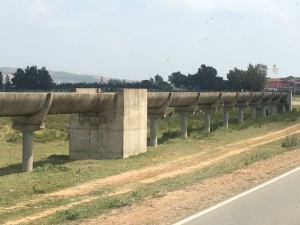
I have been intrigued by the farming area, as we travelled through the country towns which are the food bowl of Morocco.The land in between agriculture towns is stretched as far as the eye can see.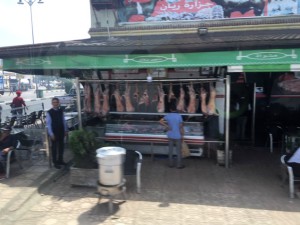
In water-scarce Morocco, irrigation plays a fundamental economic and social role, contributing to agricultural productivity and rural population’s income. While irrigation is practised on only 16% of the cultivated land in the kingdom, it generates half of the agricultural Gross Domestic Product (GDP) and 75% of agricultural exports.

However, water scarcity, accentuated by climate change, represents a growing challenge for farmers. The major resources of the Moroccan economy are agriculture, phosphate minerals, and tourism. Sales of fish and seafood are important as well. Industry and mining contribute about one-third of the annual GDP.
To promote a more sustainable irrigation model, the government of Morocco has developed a national plan to optimize water use and increase productivity in irrigated agriculture which has been supported by the World Bank since 2010.
No less than 17 varieties of citrus fruits are grown in different parts of the country, although oranges and clementines dominate exports. Other fruits produced in significant quantities for both home and export markets include grapes, which are also made into wine, olives and dates.
In the south of Morocco, dates are the staff of life in the desert oases and throughout the country these nutritious fruits are valued as an important constituent of local diets. Given that dates have a great thirst for water and take a full year to mature, production in the region is generally high although dwarfed by that of neighbouring Algeria.


